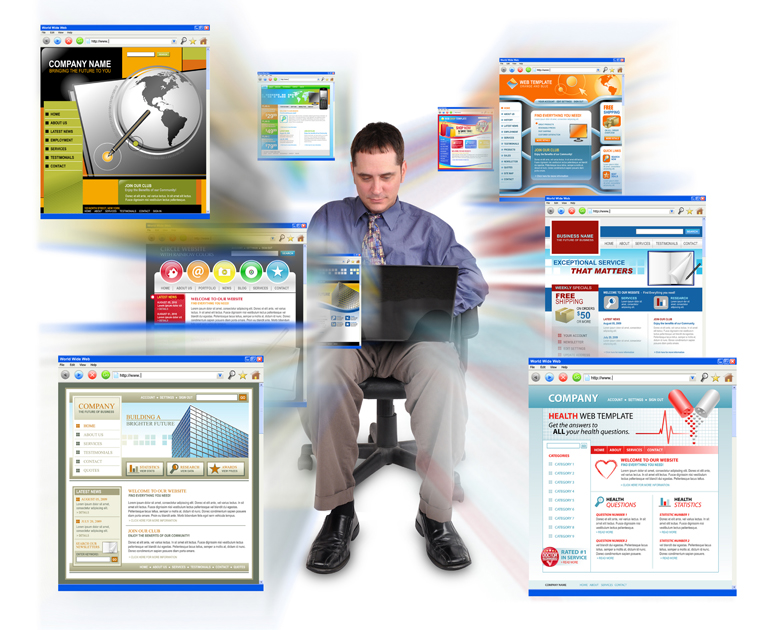 Looking at today’s business environment and how it is developing, I am wondering more and more often where today’s progressive digitalization will lead us. For around two decades I am watching the digital media and marketing scene in particular and have to say that the pace of innovations and new technologies entering the stage is kind of frightening. Of course, I am aware of the sea of benefits that comes with them, but sometimes I find myself in a reminiscent mood praising the "good old times", when customers were still listening to salesmen and expected their advice.
Looking at today’s business environment and how it is developing, I am wondering more and more often where today’s progressive digitalization will lead us. For around two decades I am watching the digital media and marketing scene in particular and have to say that the pace of innovations and new technologies entering the stage is kind of frightening. Of course, I am aware of the sea of benefits that comes with them, but sometimes I find myself in a reminiscent mood praising the "good old times", when customers were still listening to salesmen and expected their advice.
Back then, there was no obvious follow-the-crowd behavior, since advice, recommendations and suggestions couldn’t be gathered as easily as now on social media portals. The limited options to stay informed via digital channels paved salesmen the way for an effortless life, don’t you think?
But don’t get me wrong, I am definitely not against novelties and innovations, rather a big advocate of making use of digital technology to manage our daily life more comfortably.
The merger of marketing and sales
However, as I already pointed out recently, buzzwords that resound throughout the land of marketing, are often not properly understood by the sales department. However, salespeople have to stay tuned to the new movements as well and make sure that they don’t make conflicting statements compared to marketing actions or the statements of individual retailers, as this just leads to customer confusion and casts a damning light on the particular company.
Proactive communications, and the gradual convergence of sales and marketing, at least can put things right. Best, if sales and distribution is actively involved in the design of marketing activities, so that they remain informed and do not make conflicting statements. In addition, you have the salesman-ego on your side, since a vendor, who is asked for his opinion, feels valued and will make the marketing messages his own.
The revolution of digitization
The Internet has enabled both buyers and sellers to consume information easily and with little effort. Since Web 2.0, the Internet is not only used as a pure medium to gather information, but an evaluation/feedback platform as well. Suddenly, there is not only the opportunity to get quick information, but to benefit from others' experiences regarding specific products and services, too.
Then, Web 3.0 even capped it by enabling semantic correlations, coupled with artificial intelligence, to create logical combinations. That way, for instance, a variety of possible matches to relevant keywords can be limited by search engines.
To make a long story short, the digital revolution still seems to be in its infancy and the digital transformation will ambitiously move forward, since it is the only way of staying in business in times of customer power and a public demand of being more customer-centric.
By Daniela La Marca



















